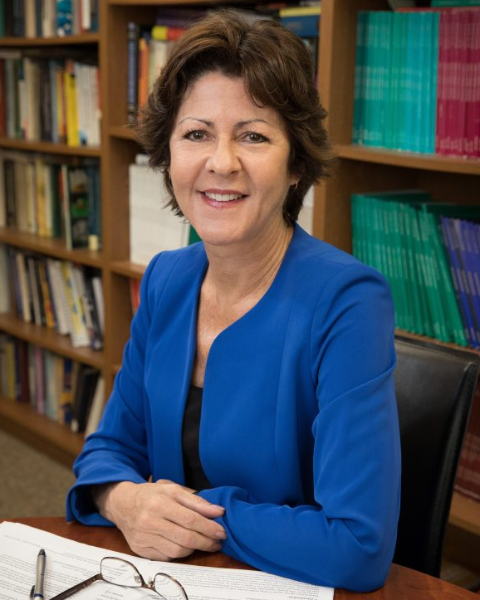Symposia
Treatment - CBT
2 - (SYM 97) An Exploration of Prediction Error Learning and Relief During Exposure for Public Speaking Anxiety
- NB
Nora Barnes-Horowitz, M.A. (she/her/hers)
Graduate Student
University of California, Los Angeles
Los Angeles, California, United States - TZ
Tomislav Zbozinek, PhD (he/him/his)
Assistant Project Scientist
UCLA
Los Angeles, California, United States 
Michelle G. Craske, Ph.D.
Professor of Psychology, Psychiatry and Biobehavioral Sciences
University of California, Los Angeles
Los Angeles, California, United States
Speaker(s)
Co-author(s)
Exposure therapy is considered the gold-standard treatment for anxiety disorders and is, in part, derived from the Rescorla-Wagner prediction error model of learning. According to this model, greater differences between a predicted outcome and actual outcome drive greater learning. Recent experimental work has highlighted the importance of reward processes in prediction error, whereby the unexpected omission of an aversive outcome is thought to activate reward pathways and the positive emotional output of relief. However, relationships between prediction error learning and relief have yet to be tested in clinical samples using exposure.
This study sought to examine whether prediction error learning predicts subsequent self-reported relief and vice versa, and whether prediction error and relief are associated with exposure outcomes. 84 UCLA undergraduate students with elevated public speaking anxiety completed 16 speech exposures over two study visits (8 exposures per visit). Before each exposure, participants reported their expected likelihood of an aversive outcome (i.e., social rejection), and after each exposure, participants reported their relief following the absence of this aversive outcome. We used computational modeling based on the Rescorla-Wagner model to calculate learning and relief rate for each visit. Post-study anxiety symptoms were measured using the Personal Report of Public Speaking Anxiety and post-study reward sensitivity was measured using the Positive Valence System Scale.
Learning rate at visit 2 positively predicted relief rate at visit 2 (p=.017), but relief rate at visit 1 did not predict learning rate at visit 2. Learning rate at visit 1 negatively predicted post-study anxiety symptoms (p=.033) but did not predict reward sensitivity, whereas relief rate at visit 1 positively predicted reward sensitivity (p=.029) but did not predict anxiety symptoms.
Results suggest that relief is an output of prediction error learning but does not drive future learning during exposure. Future studies may test exposure therapy adaptations that leverage reward processes and relief to maximize treatment outcomes.

.png)
